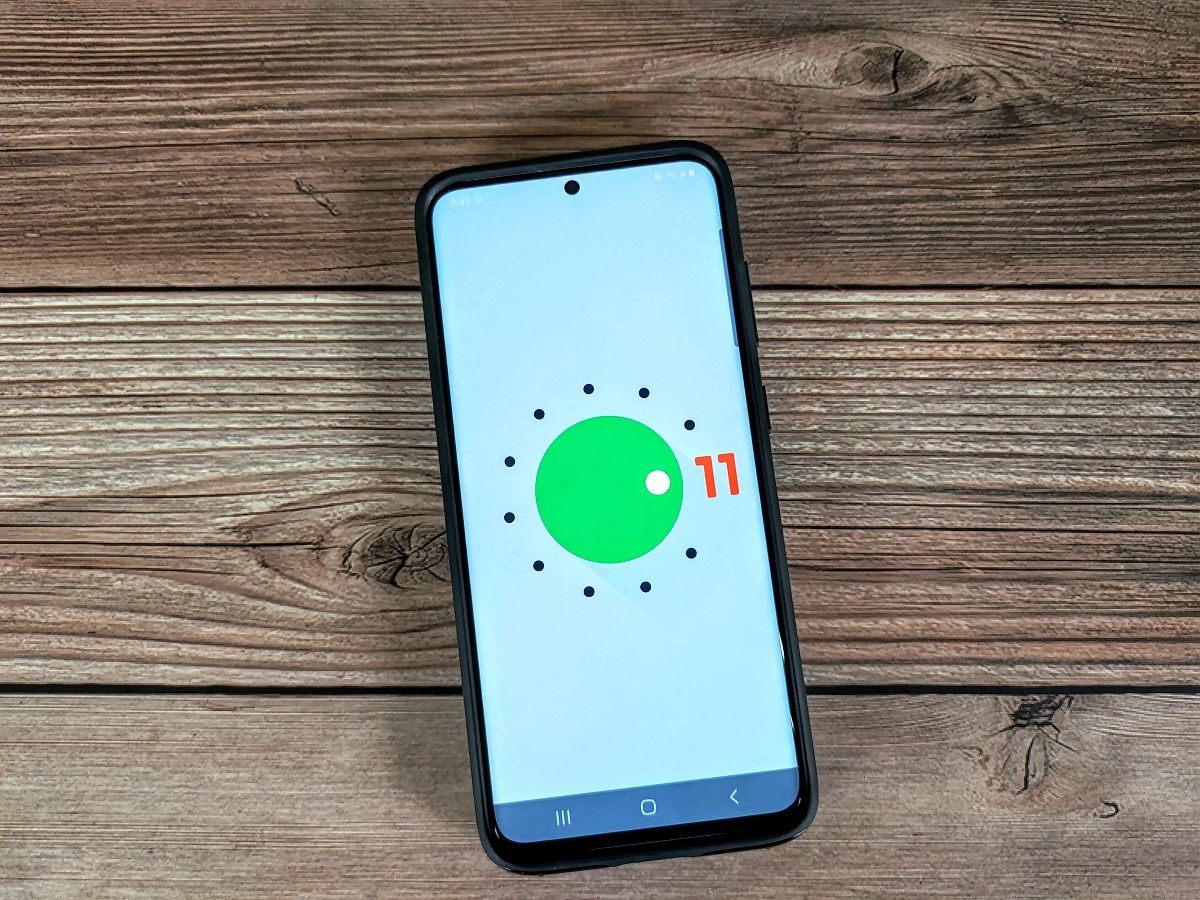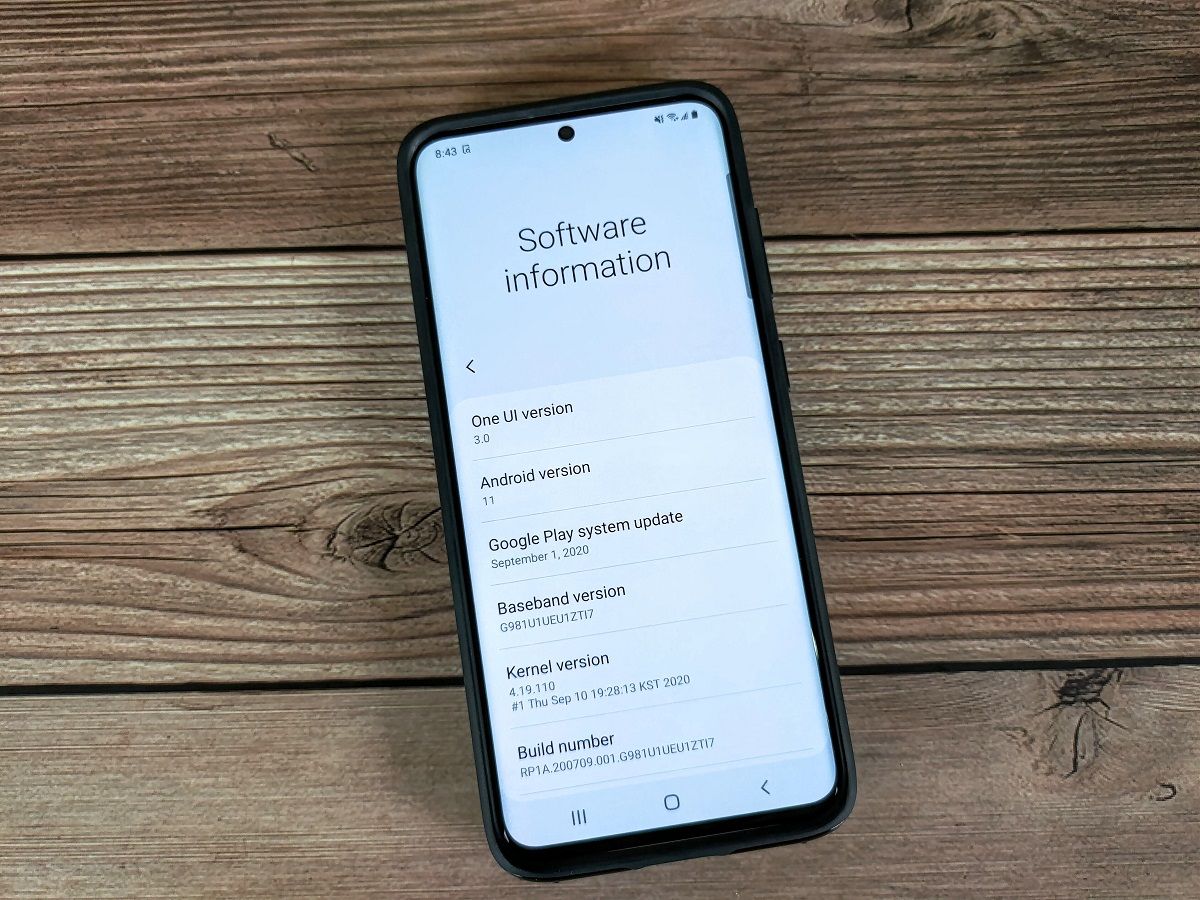Google released the stable version of Android 11 for its Pixel smartphones last week, but for most Android users, the wait continues. The world's largest smartphone manufacturer, Samsung, has yet to formally announce the latest version of its Android-based software called "One UI," though last month they quietly opened up pre-registrations for a One UI 3.0 developer program. Registrations for this closed developer beta program went live in South Korea last week, but earlier today, the closed beta went live in the United States. Thanks to Max Weinbach, I was able to enter my U.S. unlocked Galaxy S20 into the One UI 3.0 closed beta, allowing XDA to bring you an early look at Samsung's Android 11 update.
Keep in mind since this is a closed beta program intended for developers, this build doesn't have all the new One UI goodies that Samsung has been developing behind-the-scenes. This build is aimed at letting developers test their apps on Android 11-based One UI 3.0 several months before it officially rolls out for users. This is necessary because Samsung makes extensive changes to the Android framework, so an app that works on Google's Pixel phones or AOSP Android 11 isn't guaranteed to work the same way on Samsung's Android 11 software. Lastly, a lot of the new features mentioned in the changelog are actually changes made to Samsung apps rather than the OS itself.
Samsung Android 11 Tracker: Here are all the official One UI 3.0 beta and stable builds to download and install
What's new in the Android 11 closed beta on the Galaxy S20
Before I dive into what's new, I think you may want to take a peek at the official changelog:
When you first install the One UI 3.0 beta, the first thing I think you'll notice is the redesigned Quick Settings/notification panel. Like OPPO, Samsung has adopted to apply a Gaussian-like blur effect behind notifications. I'm personally a big fan of this change because I think it's beautiful. Not everyone will like this blur effect, though, so I hope Samsung adds an option (perhaps in a Good Lock module?) to turn it off.
The next change that you might notice is the new volume panel design. It's a vertical volume slider that expands horizontally to reveal more vertical sliders for the other volume streams. There's also a toggle for Live Caption since the Galaxy S20 supports it, though that toggle won't appear on every Samsung Galaxy device getting the One UI 3.0 update. Samsung users on older One UI versions can download the SoundAssistant app to enable a vertical volume slider.
Here's a side-by-side of the Settings pages in light and dark themes:
And here's a gallery of the lock screen, home screen (with a flattened heads-up notification showing up top), and the recent apps overview. To be clear, these screens are mostly unchanged, with the exception of a slight tweak to the recent apps overview wherein the currently focused card is slightly enlarged.
Next up, let's talk about the stock Android 11 features that Samsung did (and didn't add). Because Android 11 is open source and licensed under Apache version 2.0, OEMs have the freedom to modify Android as they please. However, in order to pass Google's Android compatibility requirements and thus preload Google Mobile Services, OEMs are required to implement a couple of Google's Android 11 features. That includes Bubbles and one-time permissions but doesn't include features like Device Controls, Quick Access Wallet, Media Controls in the Quick Settings, or Conversations in notifications. Fortunately, Samsung has implemented most of these features anyway.
Samsung has sadly not implemented the Device Controls feature in its One UI 3.0 beta. This feature would have turned the power menu into a smart home control center. One UI already has its own shortcut to access smart home products (pull down the Quick Settings panel all the way and tap "Devices"), but it only works with Samsung's own SmartThings app. Device Controls is a more open API in contrast. Furthermore, the Quick Access Wallet feature that lets you quickly change the current Google Pay card is also missing, though again, Samsung already offers its own method to quickly change Samsung Pay cards. A few of the other minor changes Samsung brought over from stock Android 11 include a shortcut to Android Auto in Settings > Connections, a refresh rate overlay in Developer Options, and a wireless debugging feature in Developer Options.
Here's a screenshot gallery showing off most of the various settings pages, in case you want to compare with One UI 2.0/2.5 on your own device.
Here's a gallery showing off some of the miscellaneous new features in the One UI 3.0 beta. These features include a new "minimal battery use" mode which applies a dark theme, a minimal Home screen, and limits apps for maximum power saving, a new "enhanced processing mode" that boosts performance, easier access to Samsung Keyboard settings in Settings > General management, wireless DeX (if your device didn't get it in the One UI 2.5 update), and custom call backgrounds.
Bixby Routines is getting some nice upgrades. You can now apply a custom icon for each routine, see what actions are reversed when a routine ends, toggle various Accessibility functions, trigger Bixby, use new conditions including specific time, Wi-Fi network, Bluetooth connection, and incoming calls from a specific contact or from any contacts.
Samsung's custom Digital Wellbeing implementation has a few features you won't find in Google's version. These include setting a screen time goal, seeing trends in your phone usage in weekly reports, seeing your phone time usage while driving, and adding a widget to the lockscreen for quickly viewing your screen use time.
Immediately after I updated to One UI 3.0 beta, I received a few updates to stock Samsung apps from the Galaxy Store. The Samsung Gallery app now lets you revert any edits you make, the Samsung Messages app added a Trash bin to store deleted messages, the Contacts app helps you quickly delete duplicated contacts, and more.
Samsung Internet 13.0 is preloaded on One UI 3.0. It includes features like the ability to lock/reorder tabs, block pages from hijacking the back button, warnings about malicious sites, hiding the status bar when scrolling, and more.
There have also been a couple of tweaks made to the stock One UI Launcher. For instance, the context menu has been redesigned and includes an option to place an associated widget by long-pressing on an app icon. There's also a new "double tap to sleep" option that lets you turn the screen off by double tapping on any empty area of the screen, though this gesture has to be toggle in Settings > advanced features > motions and gestures.
The Samsung Keyboard app supports inline autofill suggestions and image copy-paste. Android 11's new emojis aren't present, however.
Lastly, here's a screen recording from our friend Rydah (@SamsungRydah) showing off the new animations in the One UI 3.0 beta.
Those are all the changes I found during my brief hands-on of the One UI 3.0 closed beta on the Galaxy S20. I'm sure that Samsung will have a lot more to show us later this year when they're actually ready to unveil their Android 11 update. We'll of course keep digging into this release to see if there are other changes not documented in the changelog.
How to install the One UI 3.0 (closed beta) on the U.S./Korean Galaxy S20
If you're curious, it's possible to install the closed beta release on a U.S. or Korean Galaxy S20 series device if you have the Samsung Members app installed and use a deep link to navigate to the correct screen. That's how several people, including us, got access to the beta. Thanks to Max Weinbach for initially discovering this method.


